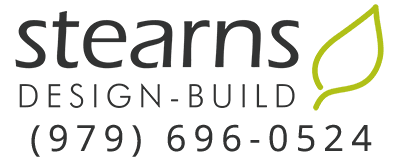Creating a Healthy, Happy Home Environment (Part 6)
During the blistering summers, we thank our lucky stars that air conditioning has become a staple in our homes. However, as air circulates through a home it can bring along unwanted passengers – namely infectious respiratory diseases, dust, and fungi. But you can take measures to reduce and even prevent the spread of bacteria and small particles through your A/C system.





